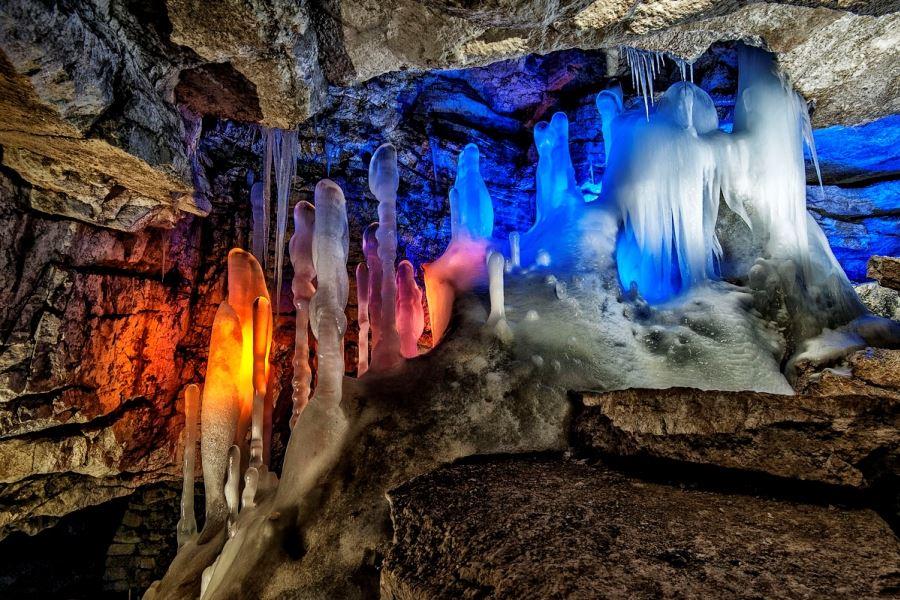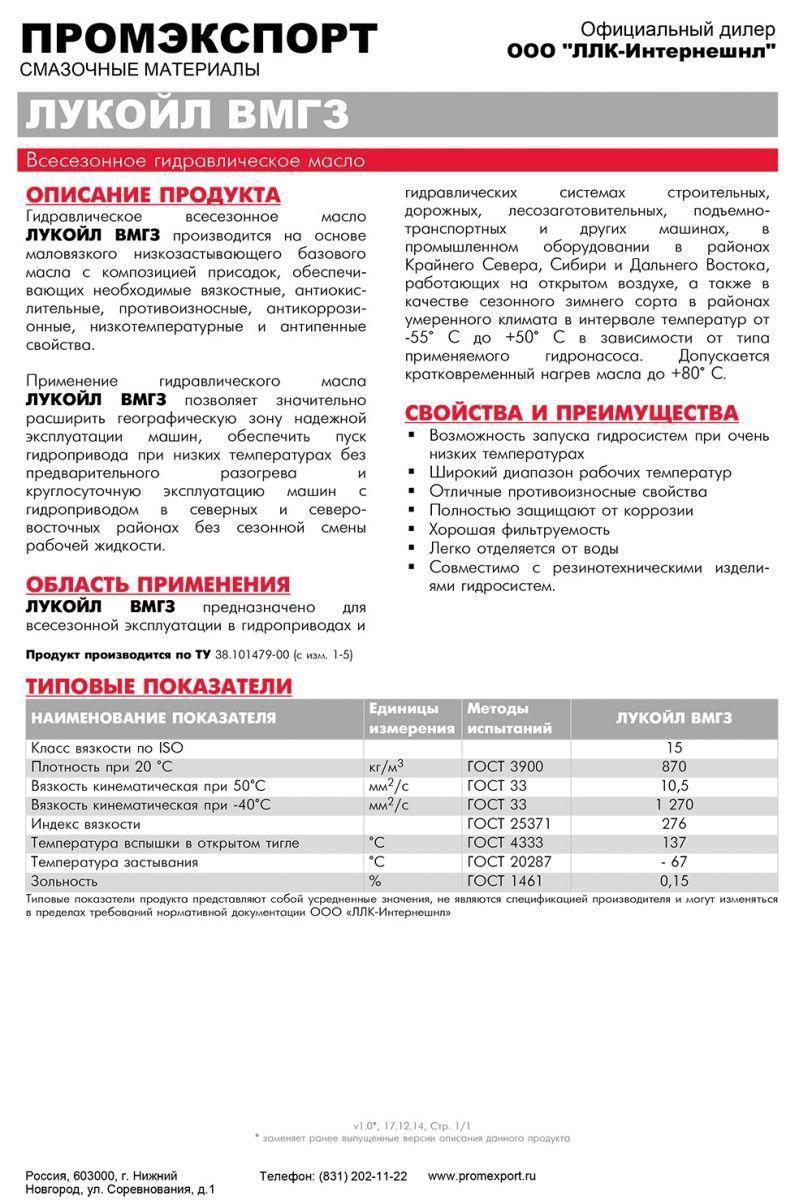
earthly fears
Earthly fears and the near universe, that is, something for a late anniversary
The late 50s and 60s are the hottest periods of the Cold War, the great fear of nuclear catastrophe, the days of the Cuban crisis (October 1962) and the huge technological acceleration fueled by this fear. Soviet? Companion? entered orbit in October 1957, a month later Laika went without a return, and at the same time, at Cape Canaveral, American journalists saw the explosion of the Avangard TV3 rocket and even came up with special names for it, for example, Staiputnik (from, i.e. ) or Kaputnik.
Latest plywood Sputnik with German was founded because the father of the American rocket program was Wernher von Braun. On the last day of January 1958, the Americans finally managed to send their first satellite into orbit, two years later Yuri Gagarin went into space and returned, a month later? him, though only in suborbital flight, Alan Shepard. Behind all the efforts of the space race was not so much the national pride of the participating countries or (jokingly) the desire to know the unknown, but the sense of danger, because the first test launch of the ICBM took place in August 1957. It was the R-7 Semiorka with the ability to carry a warhead with a capacity of 5 Mt. Sputnik, Laika, Yuri Gagarin, all Soviet, Russian and other cosmonauts and astronauts flying from Russian cosmodromes launched on subsequent, modified and supplemented with new stages of rockets of this type. Nice basic design!
Chemical rockets have been and remain the only method of getting payloads and people into orbit and beyond, but it's far from ideal. They do not explode very often, but the ratio of the payload to low earth orbit (LEO) to the mass of the rocket itself, which is difficult to build and at the same time disposable, remains astronomical (good word!) The ratio is 1 to 400? modified R-500 plus second stage, 7 kg per 5900 kg, newer Soyuz 300–000 kg per 7100 kg rocket).
A small help could be light rockets carried by aircraft, as in the American WhiteKnightTwo suborbital tourism system? SpaceShipTwo (2012?). However, this doesn't change much, because you still need to burn something and blow it up in one direction in order to fly in the other. Not surprisingly, alternative methods are being considered, of which two are probably the closest: a large cannon firing a projectile with contents capable of withstanding launch g-forces, and a space elevator. The first solution was already at a very advanced stage of development, but the Canadian builder had to finally seek funding for the project from Saddam H., and he was killed in March 1990 by unknown assailants? in front of his Brussels apartment. The latter, seemingly completely unrealistic, has recently become more likely with the development of ultralight carbon nanotube fibers.
Half a century ago, that is, on the threshold of a new space age, the low efficiency and failure rate of very advanced rocket technology made scientists think about the possibility of using a much more efficient source of energy. Nuclear power plants have been in operation since the mid-50s; the first nuclear submarine USS Nautilus was commissioned. it entered service in 1954, but the reactors were and remained so heavy that, after several experiments, attempts to use them for aircraft engines were abandoned, and utopian projects for their creation in spacecraft were not developed.
There remained a second, much more tempting, possibility of using nuclear explosions to propel them, that is, throwing nuclear bombs at spaceships to go into space. The idea of a nuclear impulse engine belongs to the outstanding Polish mathematician and theoretical physicist Stanislaw Ulam, who took part in the development of the American atomic bomb (Manhattan Project), and later co-authored the American thermonuclear bomb (Teller-Ulam). The invention of nuclear propulsion (1947) was reportedly the Polish scientist's favorite idea and was developed by a special group working in 1957-61 on the Orion project.
The book that I dare to recommend to my dear readers has a title, its author is Kenneth Brower, and its main characters are Freeman Dyson and his son George. The first is an outstanding theoretical physicist and mathematician, incl. nuclear engineer and winner of the Templeton Prize. He led the team of scientists just mentioned, and in the book he represents the power of science and science to reach the stars while his son decides to live in a tree house in British Columbia and travel the west coast of Canada and Alaska by kayak. he is building. This does not mean, however, that the sixteen-year-old son renounced the world in order to atone for the atomic sins of his father. Nothing like that, because although the gesture of abandoning the most prominent American universities in favor of pines and rocky shores was an element of rebelliousness, George Dyson built his kayaks and canoes from the latest (then) glass laminates on aluminum frames, and later, i.e. during the period , not covered by the plot of the book., returned to the university world as a historian of science and wrote, in particular, a book about working on the Orion project ().
Kosmolot on bomby
The principle Ulam came up with is very simple, but Dyson's team has spent 4 years of titanic work developing the theoretical foundations and assumptions for the design of new spacecraft. Atomic bombs did not explode, but there were successful experiments in which serial explosions of small charges set models in motion. For example, in November 1959, a model with a diameter of 1 m rose in controlled flight to a height of 56 m. Several target sizes of the spacecraft were assumed, the numbers given in the assumptions are knocking down, one of the two biggest design flaws is solved by the aforementioned elevator, so who knows, maybe we'll fly somewhere far away?!
Ulam's first practical hint was that an atomic explosion could not be contained in some limited space in a combustion chamber, as Freeman Dyson's theoretical design originally predicted. Was the spacecraft designed by the Orion team supposed to have a heavy steel mirror? a plate that collects the energy of explosions from small charges ejected sequentially through a central hole.
A meganewton shock wave hitting the plate at 30 m/s at one second intervals would give it gigantic overloads even with a huge mass, and although a properly designed structure and equipment could withstand overloads up to 000 G,? they wanted their ship to be capable of human flight, and so a two-stage damper system was developed to "smooth out". sustained thrust from 100 to 2 G for the crew.
The basic design of the interplanetary (interplanetary) Orion spacecraft assumed a mass of 4000 tons, a mirror diameter of 40 m, a total height of 60 m, and a power of used charges of 0,14 kt. The most interesting, of course, are data comparing the efficiency of the propulsion unit with classic rockets: Orion was supposed to use 800 bombs to put itself and 1600 tons of payload into low Earth orbit (LEO), weighing 3350 tons? Saturn V from the Apollo lunar program carried 130 tons.
Sprinkling plutonium on our planet was the most important drawback of the project and one of the reasons for the abandonment of Orion after the signing in 1963 of the Treaty on the partial limitation of nuclear tests, which prohibited the detonation of atomic charges in the Earth's atmosphere, outer space and under water. The aforementioned futuristic space elevator could effectively solve this radioactive problem, and a reusable spacecraft capable of delivering 800 tons of payload to Mars orbit and back is a tempting proposition. This calculation is underestimated, because takeoff from the ground and design for manned flight with obvious consequences in the weight of the shock absorbers were laid down, so if such a machine had a modular design with the ability to dismantle the shock absorbers and part of the crew for automatic flights ...
An elevator that removes the Earth from a nuclear spacecraft will also solve other problems, such as the effect of electromagnetic pulses (EMP) on electronic devices. It should be remembered that the home planet protects us with Van Allen belts from cosmic rays and solar flares, but the crew and equipment of every ship in space must be protected by additional shields. Orions will have the most effective shield against radiation from engine explosions in the form of a thick steel mirror plate and reserve capacity for even the strongest additional shields.
The next versions of the Orions had even better taro-carrying capacity, because. with a mass of 10 tons, the load power increased to 000 kt, but the load from the Earth (tfu, tfu, apage, that's just theoretically for comparison) in LEO was already 0,35% of the mass of the ship (61 tons), and in Mars orbit it would be 6100 tons. The most extreme of the projects involved the construction of an “intergalactic ark?” with a mass of 5300 8 000 tons, which could already be a real city in space, and calculations showed that Orions powered by thermonuclear charges could accelerate to 000 s (0,1% of the speed of light) and fly to the star closest to us Proxima Centauri, through 10 years.
Dyson's team solved all the major design issues, many of which were refined in subsequent years by other scientists, many doubts were dispelled by practical observations made during ground-based nuclear tests. It has been proved, for example, that the wear of a steel or aluminum mirror-absorbing plate during ablation (evaporation) is minimal, since at the design temperature of the shock wave of 67 ° C, ultraviolet is mainly emitted, which does not penetrate most materials. , especially at pressures of the order of 000 MPa occurring on the surface of the plate, ablation can also be easily completely eliminated by spraying the plate with oil between explosions. Orionists? it was planned to produce special and rather complex cylindrical? Movable cartridges? weighing 340 kg, but it is currently possible to cause explosions of automatically produced one-gram "atomic pills"? laser beam, and such a single explosion has an energy of the order of 140-10 tons of TNT.
Watch movies
Visit of the first cosmonaut Yuri Gagarin to Poland.
Visit of the first cosmonaut Yuri Gagarin to Poland
Project Orion? On Mars A. Bomb 1993, 7 parts, in English
Project Orion - To Mars with a bomb A. 1993
Project Orion - To Mars with a bomb A. 1993 part 2
Project Orion - To Mars with a bomb A. 1993 part 3
Project Orion - To Mars with a bomb A. 1993 part 4
Project Orion - To Mars with a bomb A. 1993 part 5
Project Orion - To Mars with a bomb A. 1993 part 6
Project Orion - To Mars with the A bomb. 1993 final

